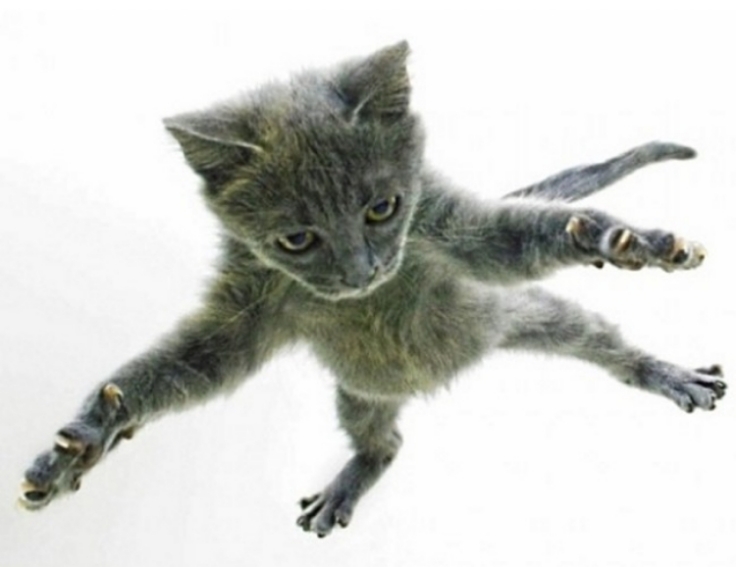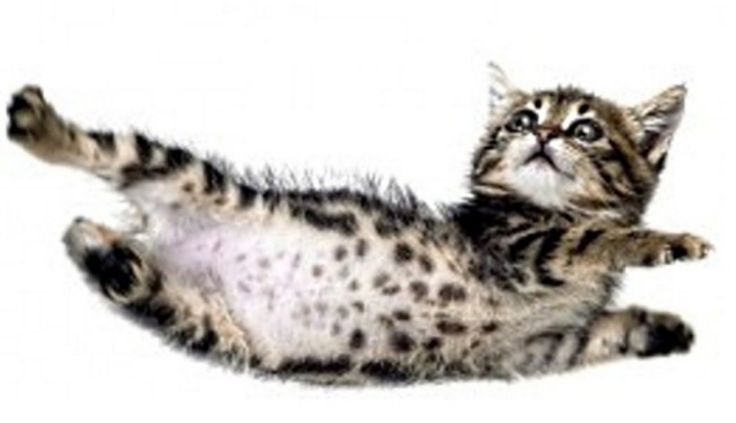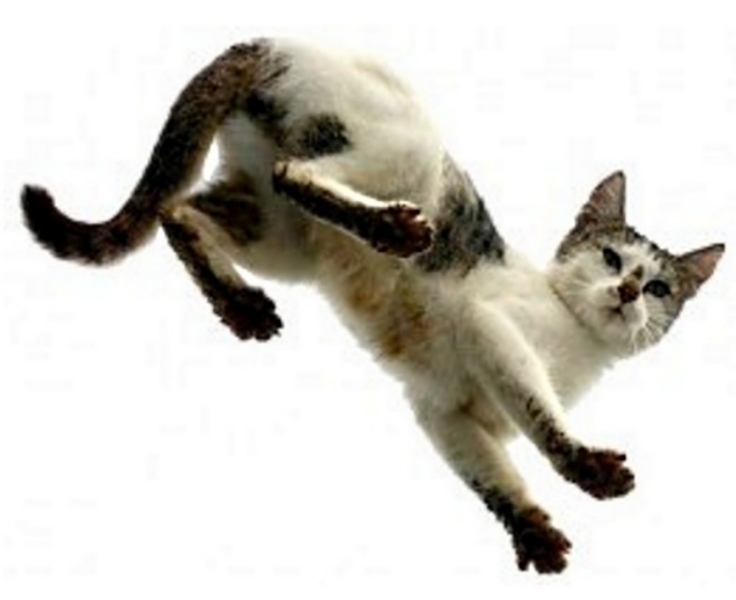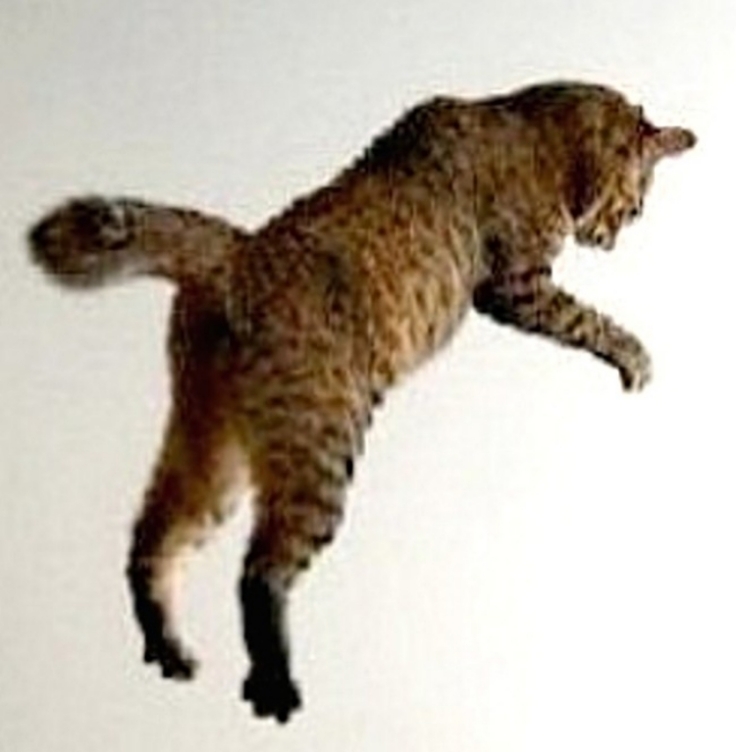How Do Cats Survive High Falls : Why Cats Always Land Feet First?
You will have all heard the stories about cats surviving falls from a 20-storey buildings with only a few bruises and they always land feet first when they fall. How do cats so this and survive these falls from such great heights? This ability is explained by the cat's evolution from tree-living ancestors and their remarkable physiology, and anatomy of the spine and legs. Cats don't panic when they fall!
Also because cats have relatively big surface areas in relation to their light weight, they tend to glide, and to drop at a slower rate than larger mammals such as dogs. Their uncanny knack of twisting to land on their feet and to arch their backs also acts a spring or shock absorber to cushion their fall. Because of their evolution cats don't panic and they seem to know what they are doing when they start to fall. This article discusses these remarkable abilities of cats.
Are you thinking of getting a cat as a pet? Are you or your kids tempted by cute kittens in the pet shop? New research warns that if you have asthma or other allergies you are highly likely to develop an immune reaction to your new pet cat, especially if you allow it into your bedroom. It is estimated that about 10% of people have pet allergies, and cat allergies are twice as common as dog allergies.

Cats have long legs that are muscular and are extended downward and the body is arched, helping them to absorb the shock. Nevertheless, despite their nine lives many cats do get injured during falls.

Source: John Leech [Public domain], via Wikimedia Commons
A 1987 study of about 130 cats delivered after falls from high-rise buildings, to a New York City emergency veterinary clinic showed that about 90% of the cases survived after treatment and only about a third needed treatment to survive. The study reported that one cat that fell more than 30 stories and landed on concrete only suffered a collapsed lung and a chipped tooth and was released after 48 hours. The average fall was 5.5 stories.
One interesting aspect of the study was that cats that fell from more than eight stories were less injured than cats falling from lower heights. For the cats that fell 9 - 32 floors, only 5% suffered fatal injuries, compared to 10% for cats that fell less than 8 floors.

Because of cat's relatively large surface area in relation to their weight, they tend to float down and hit the earth with less force than other animals. The cat's terminal velocity, the maximum speed of descent where the force of gravity is balanced by the force of wind resistance, is much lower than for other animals such as dogs, horses and humans (elephants and rhinos probably have the highest terminal velocities.
Studies have shown that a cat with its legs extended reaches a terminal velocity of about 60 mph (95 kph). In contrast, an average-sized human reaches a terminal velocity that is double that speed of about 120 mph (190 kph).

Cats have evolved from arboreal animals that have developed adaptations to help them survive falls caused by tree limbs breaking or accidents when hunting. Cats have developed an excellent sense of orientation and knowing which way is down.
They have developed and instinctive response when falling so that they very deliberately twist their bodies and spin their tails so that they assume an upright position with their feet stretched out under their bodies and are ready land feet first with an arched back.
Cats can also spread their legs out from their bodies, much like a sugar-glider or a squirrel to slow down the speed of descent, but they lack the flaps of skin possessed by the more accomplished gliders. Sky-divers have developed special suits with underarm flaps to take advantage of this effect. Cats that spread their legs out when falling create a sort of parachute effect that raises the drag resistance and slows their descent.


Another feature of cats that helps is their long springy legs that are stretched out when they are about to hit the ground. The cats' long muscular legs act as shock absorbers absorbing energy and stopping their bones breaking. The springy legs expands the distance over which the force of hitting the ground is dissipated. The impact force is reduced. If a cat landed with its legs directly under held stiffly under the body, the leg bones would break. Instead the legs are angled out, off to the side a bit. and the joints then bend in response to the forces of the impact.

After a cat starts to fall, within a second or so it quickly twists around in mid-air so all four legs point downwards. The cat then spreads its legs out to form a parachute that increases the amount of its body exposed to air resistance and this slows it down. Researchers believe that the parachute effect only works play with falls higher than four floors, when the cat has reached its terminal velocity. This may actually slow down the rate of decent compared with the initial rate.